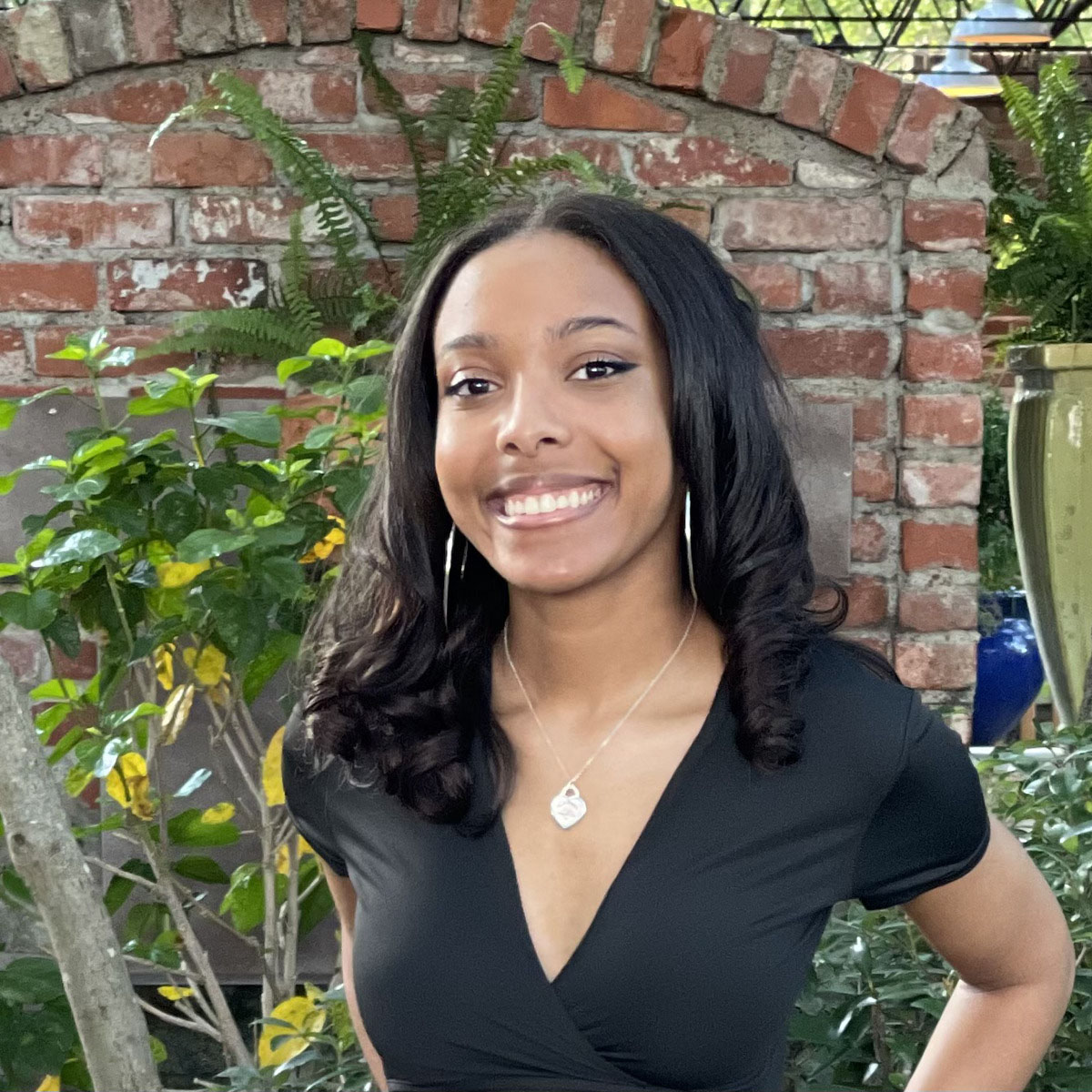Posted on October 8, 2021 by College of Sciences
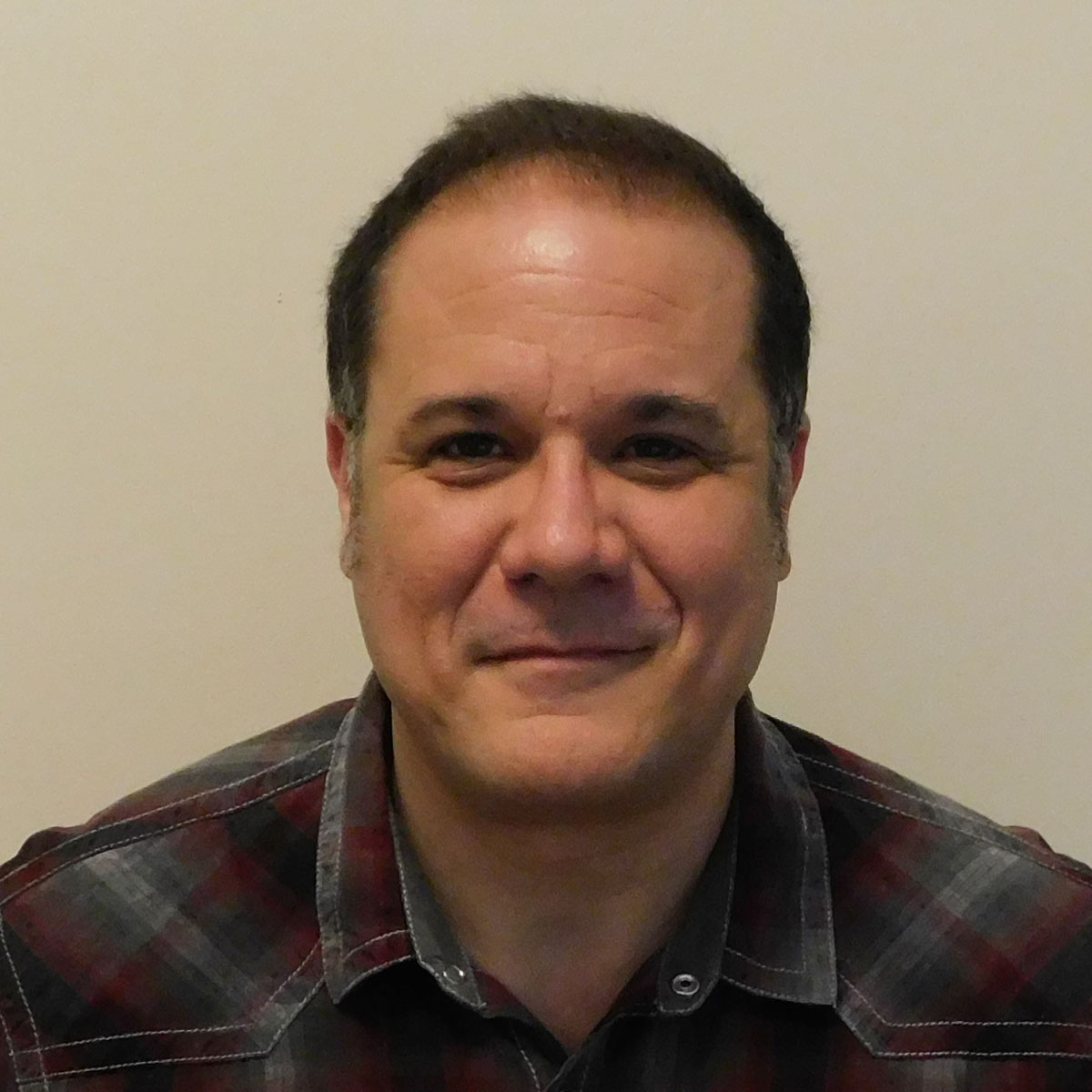
Francesco Savelli, Ph.D., Department of Neuroscience, Developmental and Regenerative Biology
What did your journey to UTSA look like and are you fixed-term track or tenure track?
My undergraduate and graduate education was in computer engineering from the Sapienza University of Rome. I was drawn to the most theoretical aspects of computer science and AI, and I began my research career working on symbolic AI and probabilistic algorithms for robotics.
Ironically, I started using a lot of what I learned in my engineering classes - electronics, signal processing, etc. - only after switching to neurophysiology. I switched to neuroscience because I became interested in how the brain solves the same problem I was studying in AI: how you can make a mental map of your surroundings from noisy sensory information. I did my postdoctoral work at the UT Medical School at Houston and Johns Hopkins University before coming to UTSA as a tenure-track faculty in January 2020.
What do you enjoy most about your area of study?
A fascinating experience in my neuroscience experiments is watching and listening to the signals coming from the brain. For example, just by listening to these signals, you can tell if a rat is still running around or stopped to daydream. Believe it or not, there actually is evidence of neural activity reflecting something akin to dreaming in the rat. How this activity precisely relates to internal cognitive and mental processes is still mostly a mystery. But that means a lot of exciting work left to do!
What are some of the most notable research projects that you've been involved in?
There are several types of neurons in the brain that seem to cooperate to build a mental map of your surroundings. For example, "place cells" act as a you-are-here pointer on the map, "grid cells" seem to function as graph paper on which the map is drawn up, and "boundary" cells signal the boundaries of an environment. I was involved in the discovery of this last type of cell. We are still trying to figure out how it all comes together.
What do you enjoy most about your job?
Sometimes it's hard to manage the competing demands of research and teaching. But I like to think of these two activities as "expanding" and "passing on" knowledge. You cannot do one without doing at least a little bit of the other. It's hard to generate new knowledge without the responsibility of transmitting what is already known, or to share knowledge without altering it (hopefully in a fruitful way!) That's probably why many scientists are involved in teaching, even as the rest of society tends toward more and more skill specialization.
How would you spend your ideal Saturday?
My workweek rarely ends on Friday, so Saturdays are usually a mix of work and personal chores. Outside of science, I like live music and long walks.
What are your book recommendations?
Thomas Kuhn's The Structure of Scientific Revolutions. He probably didn't get everything right, but it's an insightful and sobering account of how scientific consensus can evolve over the short and long term. It seems a topical issue, as society experiences a fraught relationship with science that isn't grounded in a realistic understanding of its processes. Art Winfree's The Geometry of Biological Time, to appreciate how oscillatory phenomena are ubiquitous in biology. It's not an easy read. Steven Strogatz wrote a more lay book on oscillations: Synch.
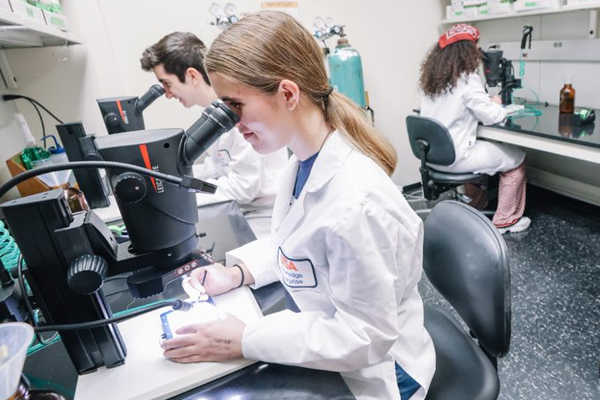
Explore the NDRB Department!
Conducting high-impact, internationally recognized research in the areas of neuroscience and developmental and regenerative biology while educating and training the next generation of leaders in biological sciences.
Recent NDRB Spotlights
View More Spotlights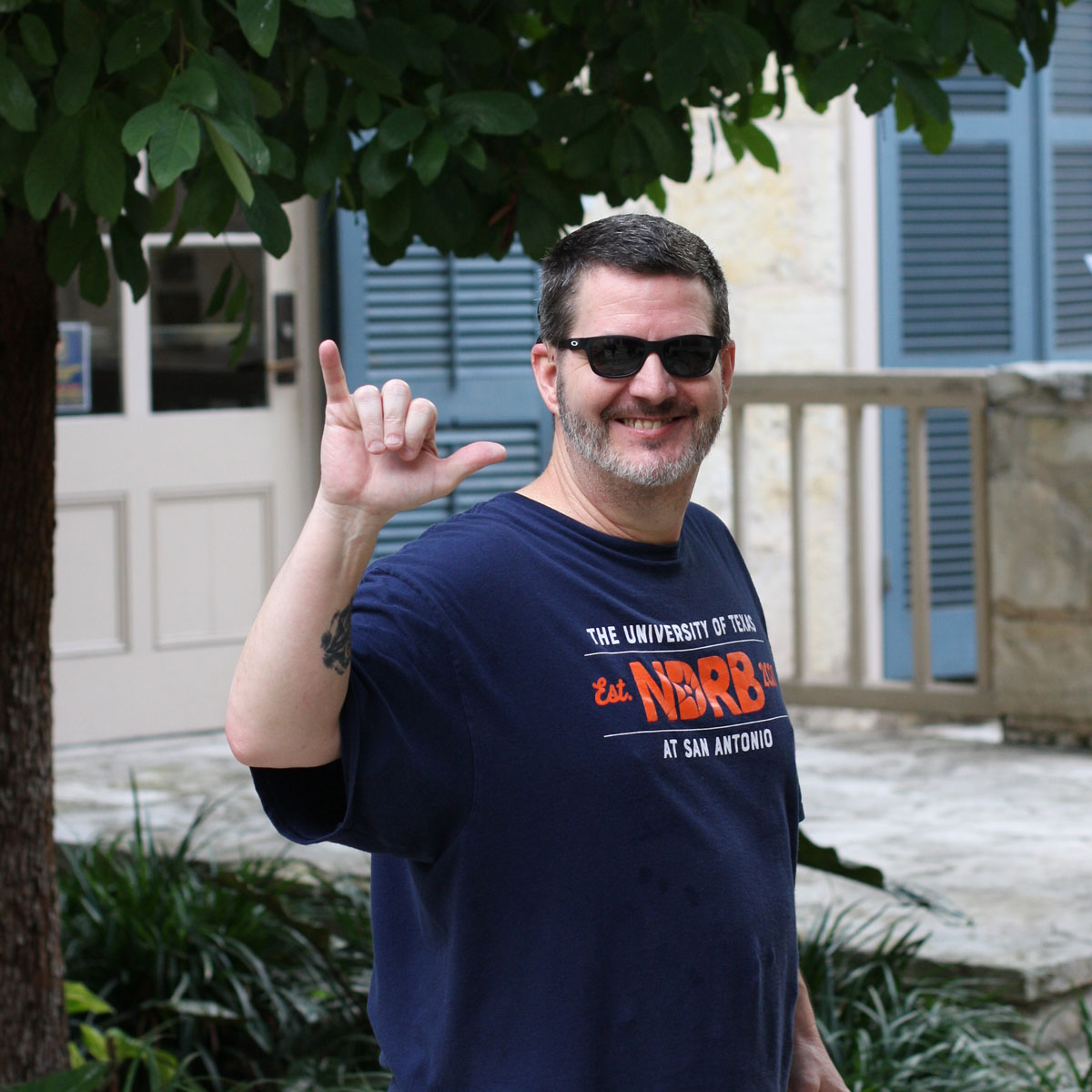
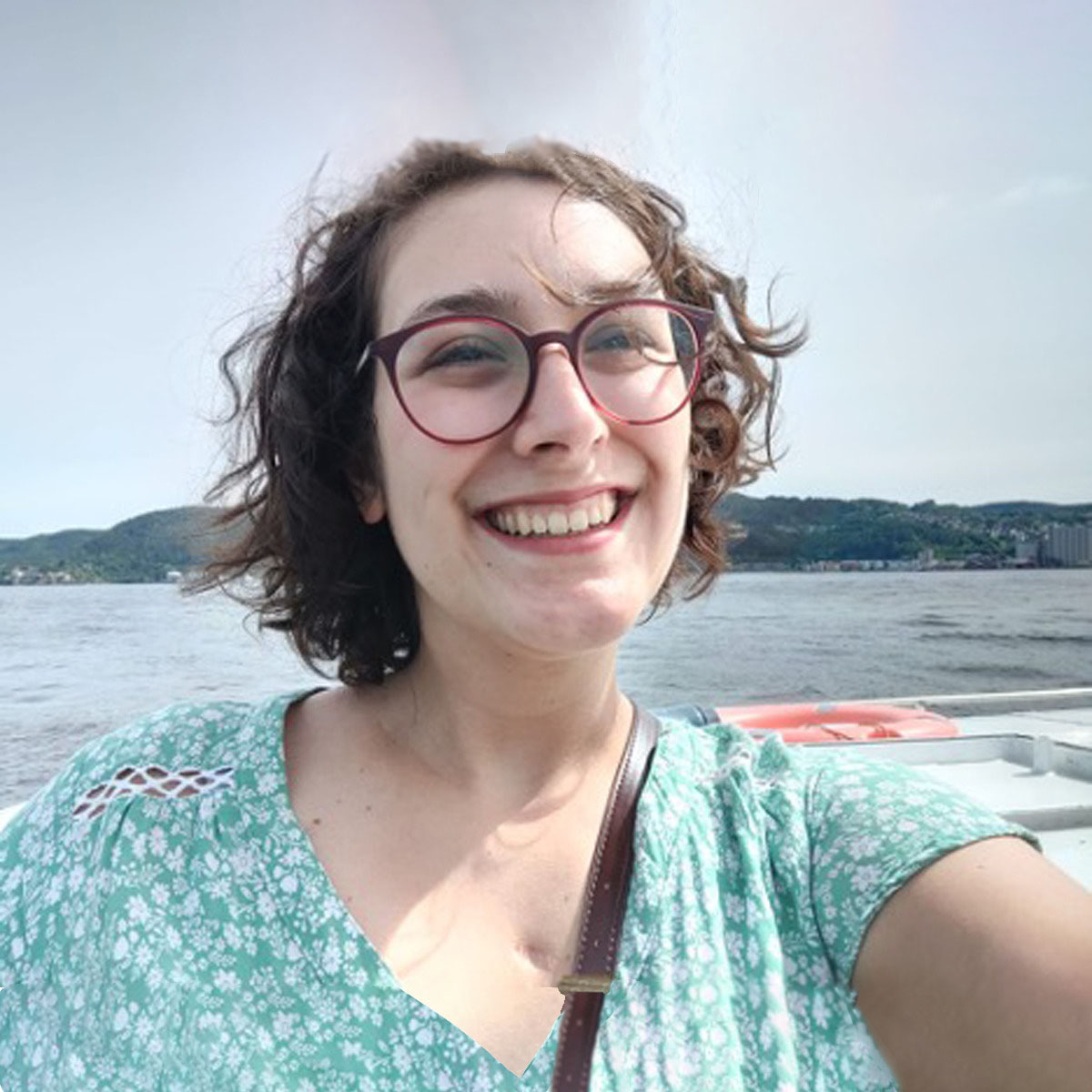
December 13, 2022
Isabella Sarno MarinPublished by College of Sciences
#ThisIsWhatAScientistLooksLike
